If you're a small business, you might not be familiar with integrated marketing campaigns, but it's a powerful marketing strategy that can help businesses of any size generate more traffic, engagement, and sales. Since marketing changes with advances in technology, it's important to embrace different marketing trends and tactics like integrated marketing campaigns and the closely related multi-channel attribution and omnichannel marketing tactics. So, what is an integrated marketing campaign? In this article, we'll answer that question as well as share with you the benefits of integrated marketing campaigns, best practices, how to create an integrated marketing campaign, and some of our favorite examples of integrated marketing campaigns.
What Is an Integrated Marketing Campaign?
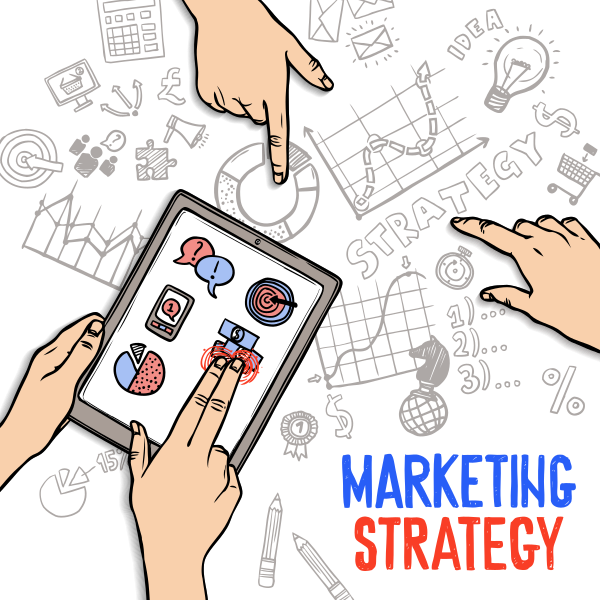
An integrated marketing campaign involves different marketing channels that are used in combination to promote your products or services. These marketing campaigns help align your brand messaging to ensure consistent delivery across marketing channels and assets. While the term "integrated marketing" is sometimes used interchangeably with "omnichannel marketing" or "multichannel marketing," integrated marketing really focuses on consistent messaging across platforms whereas multichannel marketing tends to target different segments on different marketing channels.
Benefits of Integrated Marketing Campaigns
Why choose an integrated marketing campaign over other types of marketing campaigns? Integrated campaigns are all about targeting your audience using consistent messaging across multiple channels. This gives you more opportunities to meet your audience wherever they are. And, the statistics back up the need for integrated marketing campaigns.
According to GE Capital Retail Bank’s second annual Major Purchase Shopper Study, 81% of consumers conduct online research before making a purchase. Not only that, but Marketing Week reports that consumers use an average of six touch-points when making a purchase—up from an average of two touch-points 15 years ago. Integrated marketing campaigns are also reported to have 3X higher effectiveness rates (Heinz/PFL 2018 Multichannel Marketing Effectiveness Report)!
When compared with single-channel marketing campaigns, integrated marketing campaigns can help your brand:
- Reach a broader audience
- Increase brand recall and brand recognition
- Build trust through consistency
- Balance short-term results with long-term growth
- Repurpose content to reduce content creation costs
Of course, more marketing channels also means that your planning and delivery will be more intensive. You'll have more deadlines to meet, more data to collect, and more data points to analyze. Overall, though, we believe that integrated marketing campaigns offer many more benefits than disadvantages.
Despite the obvious benefits of integrated marketing campaigns, roughly 55% of companies do not have an integrated marketing strategy in place (CMO Council). If your company is one of those that aren’t using integrated marketing campaigns, here are some best practices that will help you get started.
Integrated Marketing Campaign: Strategies and Best Practices
Integrated marketing doesn't mean you run the same ad or publish the same content across marketing channels. It's much more nuanced than that. After all, you already know that each marketing channel has its advantages and disadvantages. Plus, not all marketing channels will reach the same segments of your target market. We'll be sharing a step-by-step approach to creating an integrated marketing campaign in just a moment. But first, let's take a minute to talk about three key strategies and best practices to keep in mind when creating your campaigns.
- Team Alignment: To get the most from your marketing campaigns, you'll want to choose marketing channel managers as well as encouraging those managers to talk and share ideas.
- Channel Transitions: Integrated marketing campaigns will generate traffic from multiple sources. As such, it's important to think about and plan for how each visitor will experience your campaign no matter the channel or route they use to get there.
- Cross-Promoting Channels: To avoid overlaps in the coverage of your integrated marketing campaigns, you'll want to make sure that you're looking at all marketing channels collectively instead of siloing them. These campaigns need to be cohesive to be effective. This means adding your social media profiles to your promotional emails, adding your website to your social media profiles, embedding social media content on your website, and integrating the share buttons on your website.
Building an Integrated Marketing Campaign

If you've never created integrated marketing campaigns before, don't worry. Here are the steps you can take to ensure that your integrated campaigns are hitting the mark and delivering the message you want.
1. Set Campaign Goals
As with any strategy, you have to start by setting goals. Goals for your integrated marketing campaigns should be specific, clear, and concise. Really think about what you want to achieve with the campaign and what goals will help you map out your marketing plan and let you know that your campaigns have succeeded. Here are some questions to ask yourself when thinking about goals:
- What's your budget? Integrated marketing campaigns involve multiple marketing channels, so it's important to be clear on your budget before you start creating.
- What's your timeline? Having a target date in mind will help when it comes to reverse engineering your plan and help you hit all of your deadlines.
- What's your call to action? Your call to action is what your target audience to do with the message you're giving them. This might be something simple like signing up for an email newsletter or something big like registering and paying for your online course.
- What metrics will you track? Your metrics, or KPIs, will be tied to your CTA. This is how you'll know if your campaigns were successful.
2. Examine Your Target Market
Who are you trying to reach with your message? Once you've set goals for your integrated marketing campaign, you'll want to determine which segments of your target market you're going to focus on. While you can focus on all segments with an integrated campaign, you'll probably get a much better return with a narrower focus. When deciding who to target, here are some things to think about:
- What problem are you trying to solve with these specific campaigns? Which segments of your target marketing have those problems?
- What characteristics define those segments?
- What marketing channels do those segments use?
- What stage of your marketing funnel are those segments in?
3. Choose Your Marketing Channels
After you've figured out who you're trying to reach with your message, choose the marketing channels you want to include in your integrated marketing campaign. Different channels serve different purposes and reach different segments of your audience, so really think about how your message will come across on each channel, who your audience is on those channels, and how your message will be received. There are several different marketing channels to choose from, including:
- Social media
- Email marketing
- Paid ads
- SEO
- Direct mail
- Print advertising
- ...and more
4. Put Your Team Together
Now it's time to put the right team together to make your integrated marketing campaign happen. The people you bring in will change depending on the marketing channels you're focusing on and possibly even the segments you're targeting.
5. Create Content Built for Repurposing
When creating content for an integrated marketing campaign, you'll want to make sure that you'll be able to repurpose as much of the content as possible. Again, this will depend on the marketing channels and segments of your target market that you're focusing on with this campaign. Even though your message is going to be consistent across marketing channels, the way you share that message will change. Once you've created your content, you're ready to launch your campaign.
6. Measure Your Campaign's Success
Hitting the "launch" button on your integrated marketing campaign isn't the end of your work. In fact, you're just getting into the best part—tracking the success of your campaign. There are tons of marketing analytics tools available to help you track the success of your marketing campaigns. Depending on the channel and your goals, there are different metrics you might find important:
- Social media benchmarks
- Referral traffic
- Influencer ROI
- Cost per lead
- Response rate
Integrated Marketing Campaign Examples
Here are a few of our favorite integrated marketing campaign examples to inspire your next campaign.
Casper
Casper is a well-known DTC (direct-to-consumer) mattress brand. In their integrated marketing campaign "The Perfect Mattress," Casper advertised on billboards, subways, taxis, and more, using the same consistent imagery and messaging.
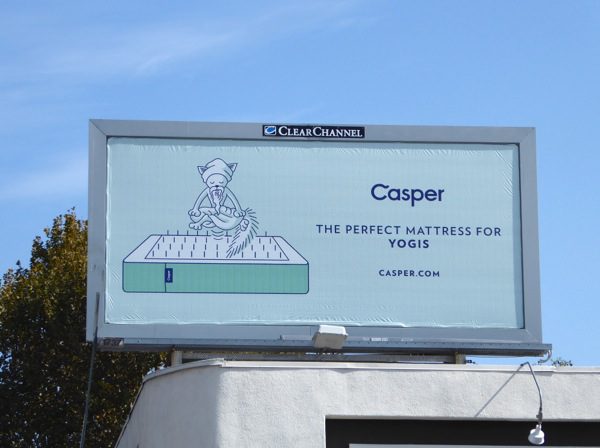
Source: dailybillboardblog.com

Source: redantler.com

Source: redantler.com
HAHA Awards
The Hilarious Animated Hulu Awards (HAHA) is another example of integrated marketing campaigns done right. The streaming platform used a mix of advertising on their own platform, website, and Twitter account to generate buzz and engagement for the first-ever animated content awards show. With fans able to access content and voting through so many channels, Hulu was able to capture not only their own subscribers but potential new subscribers to the platform. Plus, some categories included popular television shows like The Simpsons, Archer, Bob's Burgers, and Family Guy, so it was important that the campaign have a broad reach.
Voting for the #HAHAwards ends 7/22. Show your favorite animated characters some love by voting in the polls below or at https://t.co/Iqc3oI10DH
— Hulu (@hulu) July 18, 2021
Supporting? Who are we kidding, these kids run the show. #HAHAwards pic.twitter.com/plN4SyuuwR
— Hulu (@hulu) July 18, 2021
Spotify
Spotify's 2019 integrated marketing campaign "For the Ride" tapped into the very relatable experience of sitting in your car or taking another spin around the block to finish out that great song. Not only were there commercials like the one below, but Spotify also used billboards. Yep, that's right. A streaming music giant opted for OOH channels. And it works—where else do people spend most of their time listening to Spotify if not on their commutes where they're most likely to see billboards?
Melt Cosmetics
Melt Cosmetics used an integrated marketing campaign to launch its She's in Parties eyeshadow palette. The brand used YouTube beauty influencers to share reviews on the platform, a social media campaign with a branded hashtag, and a landing page on its website where they pulled user-generated content from Instagram posts using the hashtag.

Source: digitalagencynetwork.com
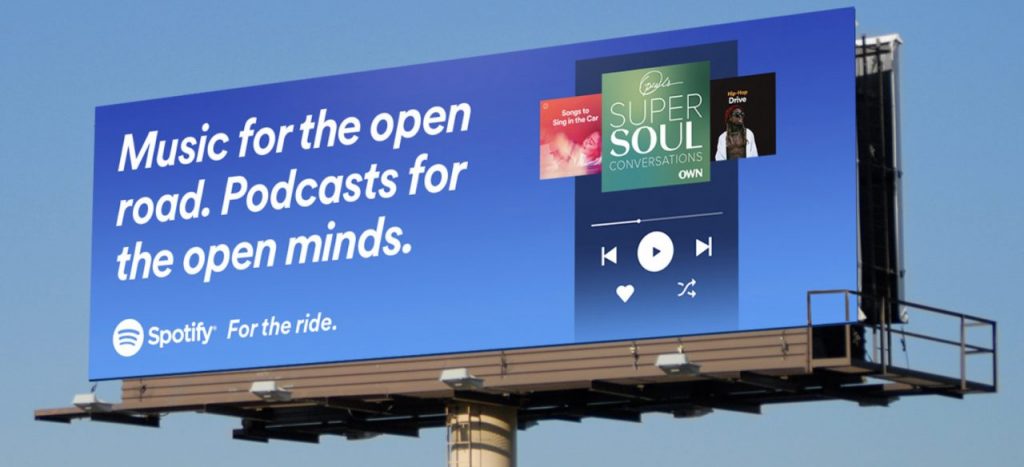
Source: thedrum.com
Snickers
Snickers brand's popular "You're Not You When You're Hungry" campaign was launched at the 2010 Super Bowl and has become a long-standing favorite for marketers and consumers alike. The campaign is funny, sure, but it's incredibly popular because it's everywhere—it would be really hard for it to NOT be popular.
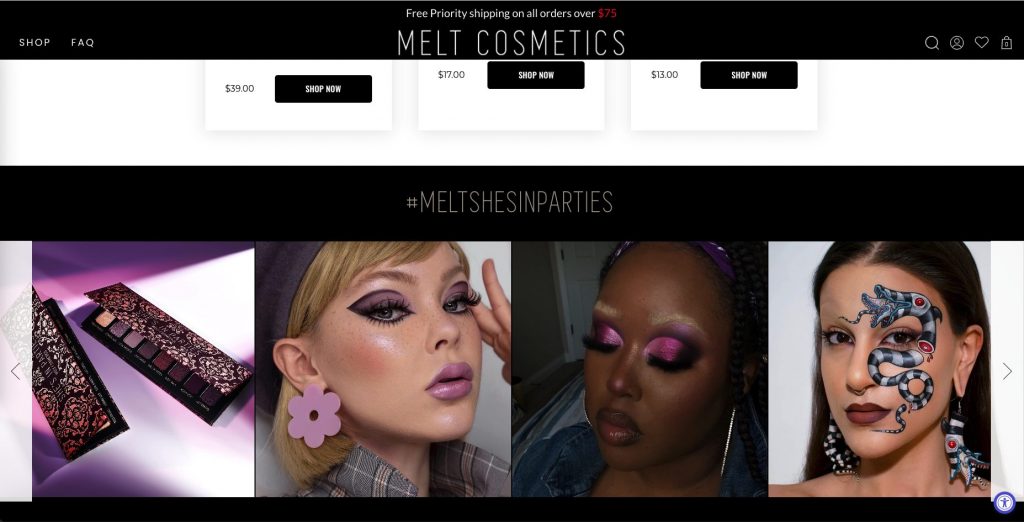
Source: meltcosmetics.com
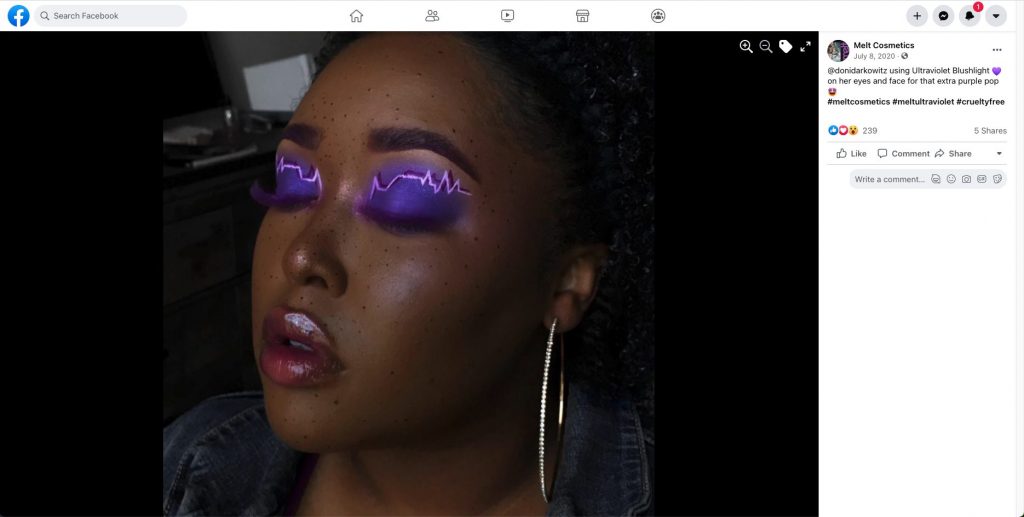
Source: facebook.com
Wrapping Up
An integrated marketing campaign is a wonderful way to reach your target market through various marketing channels using a consistent message that increases recall and awareness. By using the integrated marketing campaign best practices and the steps we've included here, you'll be able to focus your energies on the most effective areas and created an integrated marketing campaign that converts.



